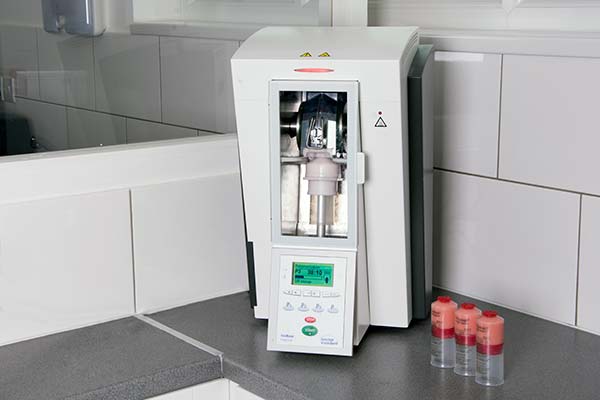Denture procedure part 3: More dental impressions
-
The making of custom denture trays
-
Establishing a denture bite pattern
-
Ivocap injection moulding for high accuracy
Denture provision at the Denture Clinic at North Street is a team effort with the clinicians and technical support staff all having crucial roles to play.
Our prosthetics are the result of dozens of measurements, impressions, fittings and adjustments, not to mention all the personal choices of teeth, their colour, shape and style.
Many combinations of materials are used in dentures today, including porcelain, acrylic, titanium, chrome and medical-grade polymers.
We have so far posted on our blog two stages of development – the initial consultation and the issues surrounding the first impressions of the patient’s upper and lower gum ridges.
These initial impressions create a plaster cast model of the inside your mouth.
On the way to a dental master cast
From here, custom made dental trays are manufactured to enable an even more accurate impression to be taken. This is necessary because the stock trays used for the first impressions come only standard sizes. Our new trays fit the patient’s mouth perfectly.
It’s about quality and all about doing the best we possibly can on the patient’s journey with us.
A silicon impression using these made-to-measure trays offer to us minute surface details on the anatomy of the mouth.
To the untrained, it appears just another impression, but the process is invaluable in getting the perfect fit for which we always strive.
When complete, this new impression is returned to our on-site laboratory and again cast up to produce a model – this time a master cast. At this stage, the model is an exact three-dimensional replica of the patient’s gum ridges and other oral contours.
Denture Clinic’s state of the art lab
Highest quality Ivoclar Vivadent teeth
The cast is then trimmed to size and the most suitable teeth chosen – we use only the highest quality Ivoclar Vivadent teeth – which can be enhanced to recreate natural-looking dentition.
Teeth come in many different shapes, colours and sized and we will advise on what we believe aesthetically will work well for the patient. In the past, we have even created dentures with gold fillings.
These revised cast models are mounted onto an articulator – a kind of hinged vice that can replicate jaw movement.
A sheet of wax is then laid over the model and pushed into the contours. It is then trimmed, and the chosen teeth are handset into it, according to the information recorded, to create the best possible appearance and functional chewing.
Once in place, they are checked for function in the articulator.
Our skilled technicians then hand-craft the wax in a way that complements the natural facial anatomy, making up for where bone loss has occurred. A hugely skilful job, the prosthetic gum work and teeth need to recreate the former native teeth and their settings.
Ivocap injection moulding for greater accuracy
Once complete it is inserted into the patient’s mouth; the patient will be asked to smile, and the lip level will be marked in the wax.
If the patient gives the go ahead and our principal, Steven Burchell Dip CDT RCS(Eng) is entirely happy, the wax denture mould is returned to the lab to be made into the final denture set.
As denture production has become more exacting, technical advances have enabled greater accuracy.
The Denture Clinic uses an Ivocap injection moulding system which offers the most accurate of production methods, in fact, the system has revolutionised the field of dental prosthetics. More on that another time.
Well, that’s enough technical overload for now. Check out for our final blog on finishing touches that completes the series that will be coming soon.
You can find the rest of the articles in the series below:
Denture procedure part 1: The first consultation





